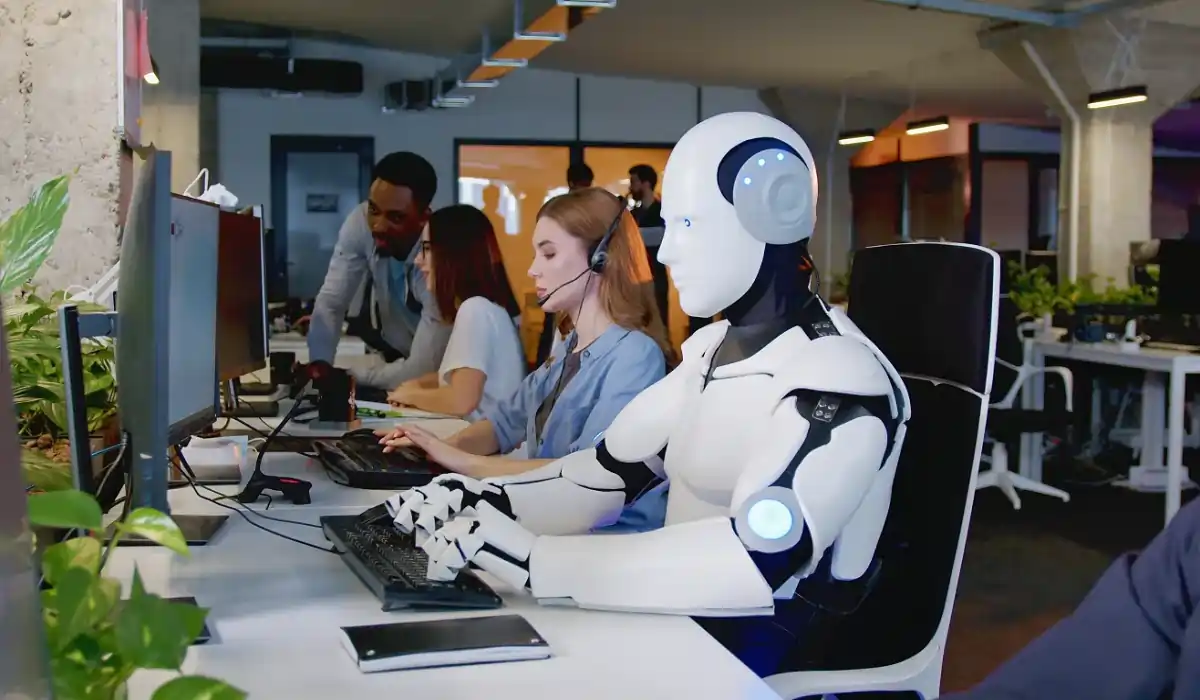Which U.S. workers are most at risk of losing their jobs to Artificial Intelligence?
The Pew Research Center presented an analysis, with data from the U.S. government, specifying which workers may be most at risk with the development or expansion of Artificial Intelligence (AI) in their jobs.
As with everything created by mankind, new inventions are intended to help and make people’s lives easier. Curiously, in many cases, they not only complicate daily life, but also, as if it were a science fiction movie, end up burying many of the human intentions. We are at the beginning of Artificial Intelligence (AI) tools, with ChatGPT and Dall-E, but the question arises: are there workers who are more at risk with the development of this AI?
Although there is already a lot of technology that has automated different tasks, favoring many jobs, AI is more akin to human brainpower. The Pew Research Center released analysis on government data, trying to answer what impact Artificial Intelligence is expected to have on different workers.
According to Pew, in 2022, 19% of U.S. workers were in jobs that are more exposed to AI, where major activities may be replaced or assisted by AI. Twenty-three percent of workers have jobs that are less exposed to AI.
Jobs with a high level of AI exposure tend to be in higher paying fields where a college education and analytical skills can be an advantage.
In case you don’t understand, what Pew refers to as the level of exposure makes it clear that there are jobs that are more likely to be affected by AI.
In this regard, Pew claims that workers with a bachelor’s degree or higher are more than twice as likely to be exposed, 27%, than those with only a high school diploma, 12%.
But that’s not the only thing: if the gender gap is already considerably high, AI would not improve the situation, it could exacerbate it. A higher proportion of women (21%) than men (17%) are likely to see the greatest exposure to AI. This is due to differences in the types of jobs performed by men and women.
Meanwhile, the racial labor gap may not have large significant changes, as most intellectual jobs, which tend to be performed more by whites and Asians, are at greater risk of being replaced by AI (20% and 24%, respectively), compared to African American and Latino workers, who would be less affected, with 15% and 13%, respectively.
Also, higher paid workers, with an average hourly wage of $33 per hour, are more exposed compared to $20 per hour in jobs with the least amount of exposure. This is especially because the higher paying jobs tend to be intellectual jobs, with managerial positions, than those that are more physical.
In the analysis, jobs are considered more exposed to artificial intelligence if AI can perform their most important activities entirely or assist with them. For example, AI could replace, at least to some extent, the tasks of “getting information” and “analyzing data or information,” or it could help with “working with computers.” These are also among the key tasks for court clerks and web developers, and they are more exposed to AI than other workers.
However, AI alone cannot “assist and care for others” or “perform general physical activities.” Therefore, nannies, for whom these are essential activities, are less exposed to AI.

